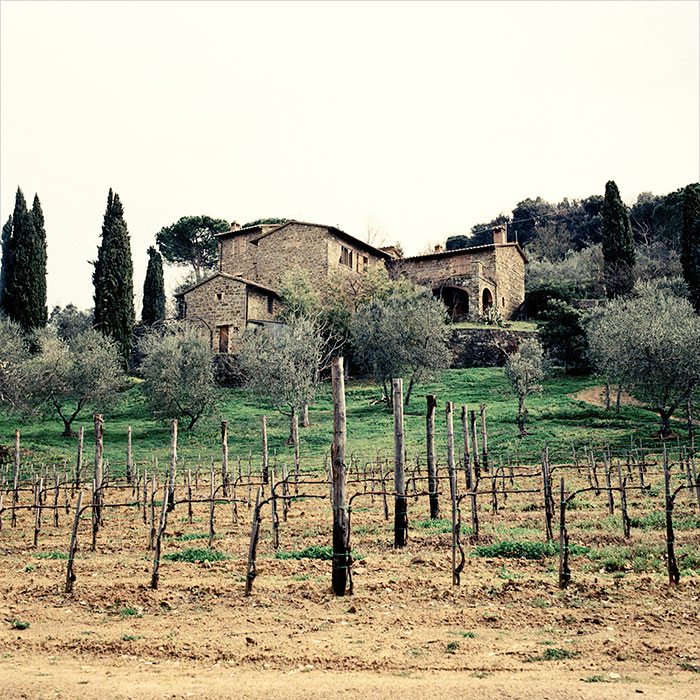Pass notes: the most important Italian grapes (part two)
Author: Chris Pollington

Photograph: Jason Lowe
Carricante: an indigenous Sicilian variety making distinctive wines, particularly on Mount Etna. Full and rich with fleshy stone fruit notes, coupled with hints of herbs and nuts. This ages superbly, but is equally as enjoyable when drunk in its youth.
Friulano: formerly known as Tocai, this is an indigenous variety from the north-east and is now named after its home region. Fleshy and rich, this can be an immensely satisfying variety in the right hands. It works well as a blender and as a single varietal.
Garganega: the main grape variety of Soave from the hills north-east of Verona in the Veneto. At its best it can be rich and mouth-filling, deep and long with white and yellow fruit flavours and hints of bitter almonds.
Picolit: another sweet wine specialist. The variety suffers from natural poor fruit-set, concentrating the remaining grapes on the bunch, giving flavour-packed little berries which when dried make a very characterful sweet wine, reminiscent of tarte tatin.
Ribolla Gialla: a complex variety usually found in Friuli-Venezia Giulia. Often very savoury in character with floral notes, as well as yellow fruit and a herby nuttiness. It won’t be everybody’s favourite varietal, but it is fascinating and makes a great food wine.
Trebbiano: a variety fraught with confusion. At its most basic it is Trebbiano Toscano, making fairly insipid wines in the central west, but on the east coast, the wines known as Trebbiano d’Abbruzzo can be amazingly characterful. This is because they are not made from Trebbiano Toscano at all, but varieties like Pecorino and Paserina, both of which can make delicious, rich, age-worthy wines.
Verdicchio: the Marche’s main white grape variety, where it makes excellent wines in the Castelli di Jesi, near Ancona and in Matelica, in the mountains near the Umbrian border. It makes fleshy wines with notes of white and yellow fruit and hints of honey when picked late, as in our ever-popular Mirum from La Monacesca.
Verduzzo: a north-eastern variety which lends itself well to sweet wine production. Rich, honeyed, “golden” flavours and bright acidity make it ideal for dessert wines and it’s used extensively in the Veneto and Friuli-Venezia Giulia.
Frappato: the other variety in the Cerasuolo di Vittoria blend and a personal favourite, very aromatic with red summer fruit flavours and notes of almond pastries. Light in colour and tannins, it works well as a single variety for drinking young or in blends.
Lambrusco Gasparossa: as its name suggests, one of the grape varieties used for Emilia-Romagna’s most famous wine, with soft red summer fruit flavours, crisp acidity and light tannins, it makes the perfect variety for this gently sparkling red wine. Perfect with rich pork dishes.
Nerello Mascalese: Mount Etna’s own variety, light in colour, but aromatically abundant with strawberry and redcurrant fruit flavours, bright acidity and fine tannins. It seems to love the high altitude and volcanic soils, producing wines which can be drunk young, or aged for a decade or more.
Schiopettino: one of the north-east’s indigenous varieties with floral notes and hints of herbs and mint, along with bright berry fruit. Usually drunk young, it will and can age well, if you prefer a tertiary nature to the fruit in your wines.
Read our crib notes on the grapes behind Italy’s famous reds here or explore our annual offering of Italian fine wine on bbr.com.


